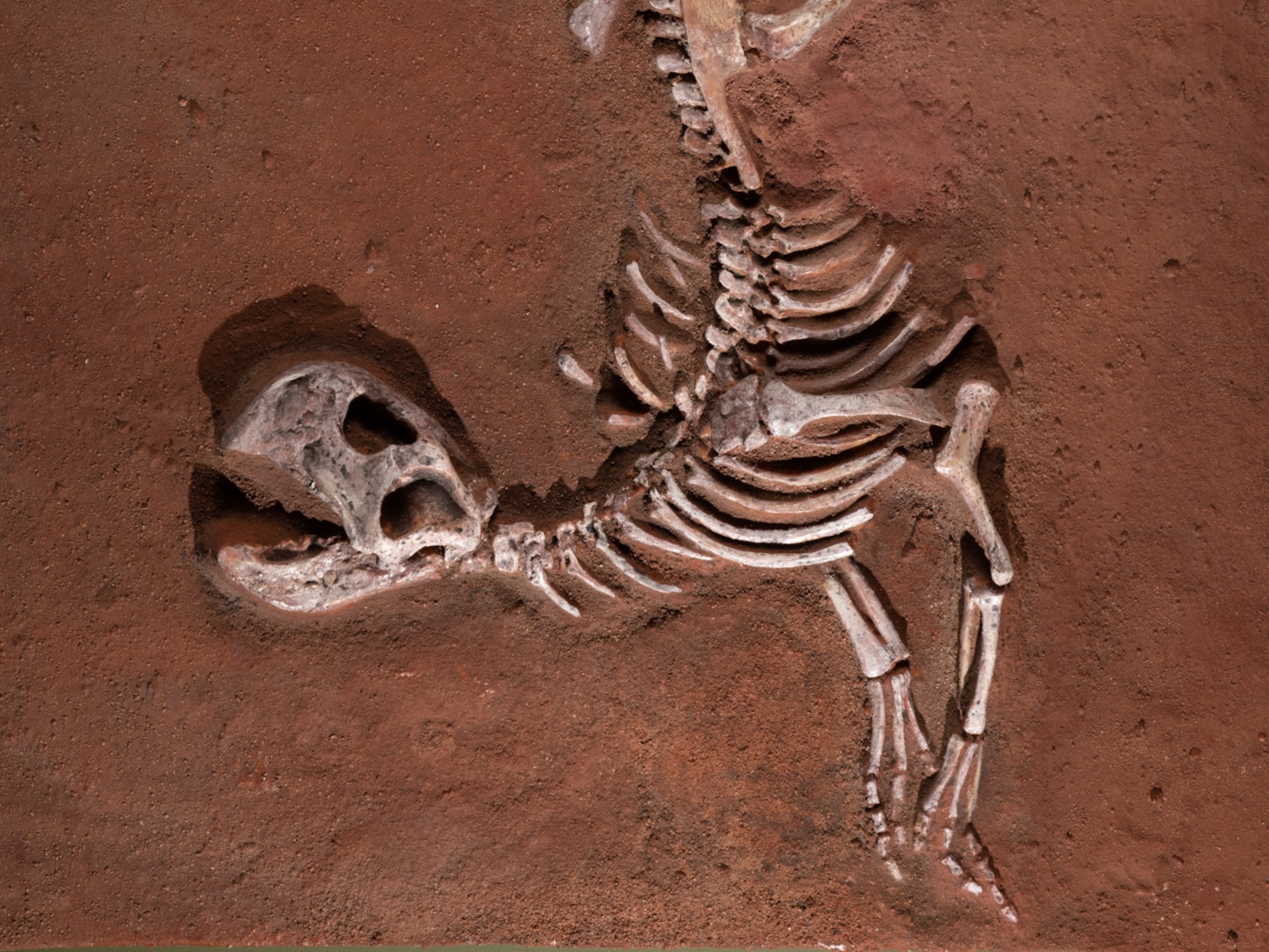Chameleons’ Secret Hunting Weapon: Super-Sticky Mucus
A thick, honey-like adhesive at the tip of a chameleon’s tongue lets it bring its prey to its mouth after snagging it, scientists discover.
Chameleons have a sticky problem.
To catch their insect dinner, their tongues unfurl forward faster than a jet plane. It’s a precise attack, and it’s remarkably successful. But snagging prey with their tongue is only the first step. In order to eat, they have to bring the prey back to their mouth.
There lies the problem, says physicist Pascal Damman of the University of Mons in Belgium. Chameleons don’t wrap their tongues around their prey, which means that the food they catch must somehow stick to their tongue.
In a new paper in Nature Physics, Damman and colleagues show that chameleons produce a viscous, sticky mucus on the tip of their tongue that’s 400 times thicker than human saliva. Tiny amounts of this syrupy goo with the thickness of honey is what lets these animals catch prey that can weigh up to one-third their body weight.
“It’s a very simple mechanism, and it shows things don’t have to be very complex to be very effective,” he said. (See stunning photos of chameleons.)
Big Burger
Chameleons might be best known for their color-changing ability and as the erstwhile stars of 80s pop songs (Karma Chameleon, anybody?), but for physicists like Damman, it’s their tongues that command attention (learn more about chameleon color). To catch their food, they wait motionless until something tasty comes within striking distance of their tongue, which can be as far away as two times their body length—the equivalent of a 12-foot (three meter) grab for a human tongue.
Not only is their lunch far away, but it can also be quite massive compared to their body size.
“It’s the equivalent of a human eating a 25-pound hamburger, and then having to transport that burger to your mouth using only your tongue,” said Kiisha Nishikawa, a biomechanics researcher at Northern Arizona University, who was not involved in the study.
Damman’s background in fluids and non-linear physics made him intensely curious about the substances that caused the animals’ food to stick to their tongues after it was captured. What surprised him even more was that no one had studied it before.
Stuck on You
He teamed up with a group of biologist at Mons to solve the mystery of the chameleon glue. They noticed that only the very front tip of their tongue was coated in a sticky mucus, which they believed acted as a temporary adhesive. The biologists scraped small amounts of this mucus off the tongue of a Chamaeleo calyptratus with a small glass plate.
They measured how well the mucus acted as a glue by fixing the glass plate with the mucus at one end at an angle. Rolling a small steel ball down the slide, they measured how well the mucus stopped the ball. A better adhesive would stop the ball more quickly.
The chameleon mucus was only very sticky when the ball was moving quickly, the equivalent to what happens when the tongue is shooting out and retracting just as fast.
“When the tongue pulls rapidly, it makes the adhesion higher,” Damman said.
Nishikawa says that this mucus shows promise in human engineering projects as the inspiration for new types of glue.
“Who knows what people will think of?” she said.
Follow Carrie on Twitter.





